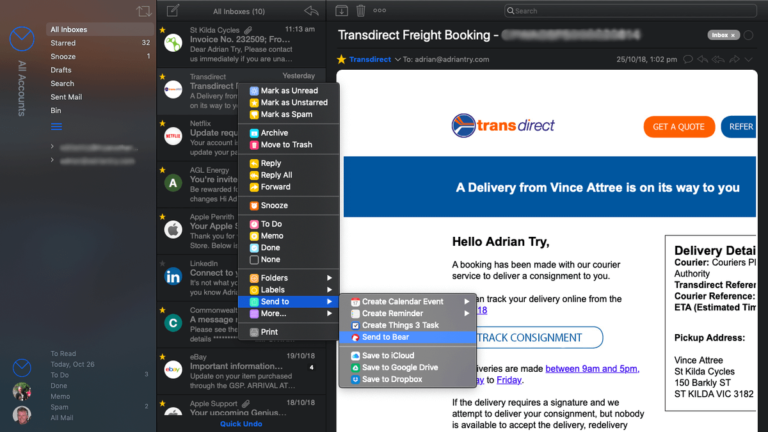
APFS is designed for SSDs, and performs poorly on hard disks. If your internal storage is a hard disk, that’s bad news unless you replace it with an SSD, or boot from a suitable external SSD. Some of these apps may require structural changes before they can be successfully notarized and fully compatible with Catalina.Īnother serious issue for anyone coming from High Sierra or earlier is that Catalina must boot from an APFS disk. Notarization and related requirements shouldn’t stop simple apps, but if you need to use apps which load external code modules, like the high-end charting and analysis app Igor Pro, they don’t fit Apple’s new security model well, and many have either limited functionality or still won’t run properly.
INSTALLING SPAMSIEVE WITH AIRMAIL 3 SOFTWARE
If you’re still reliant on apps or any other software which uses 32-bit code, then you’ll only be able to run them in a Virtual Machine, or by dual-booting your Mac. Its two biggest problems for anyone upgrading haven’t changed, and will only get more challenging with 10.16: loss of 32-bit software support, and the security requirements imposed on executable code including notarization.

With Catalina, there can’t be a clear answer.


Is it safe to go ahead, in readiness for macOS 10.16, or are there still showstoppers which will make you regret it? Now’s the time that those who’ve been cautious, and let the early adopters find all the bugs in Catalina, consider whether to upgrade.


 0 kommentar(er)
0 kommentar(er)
